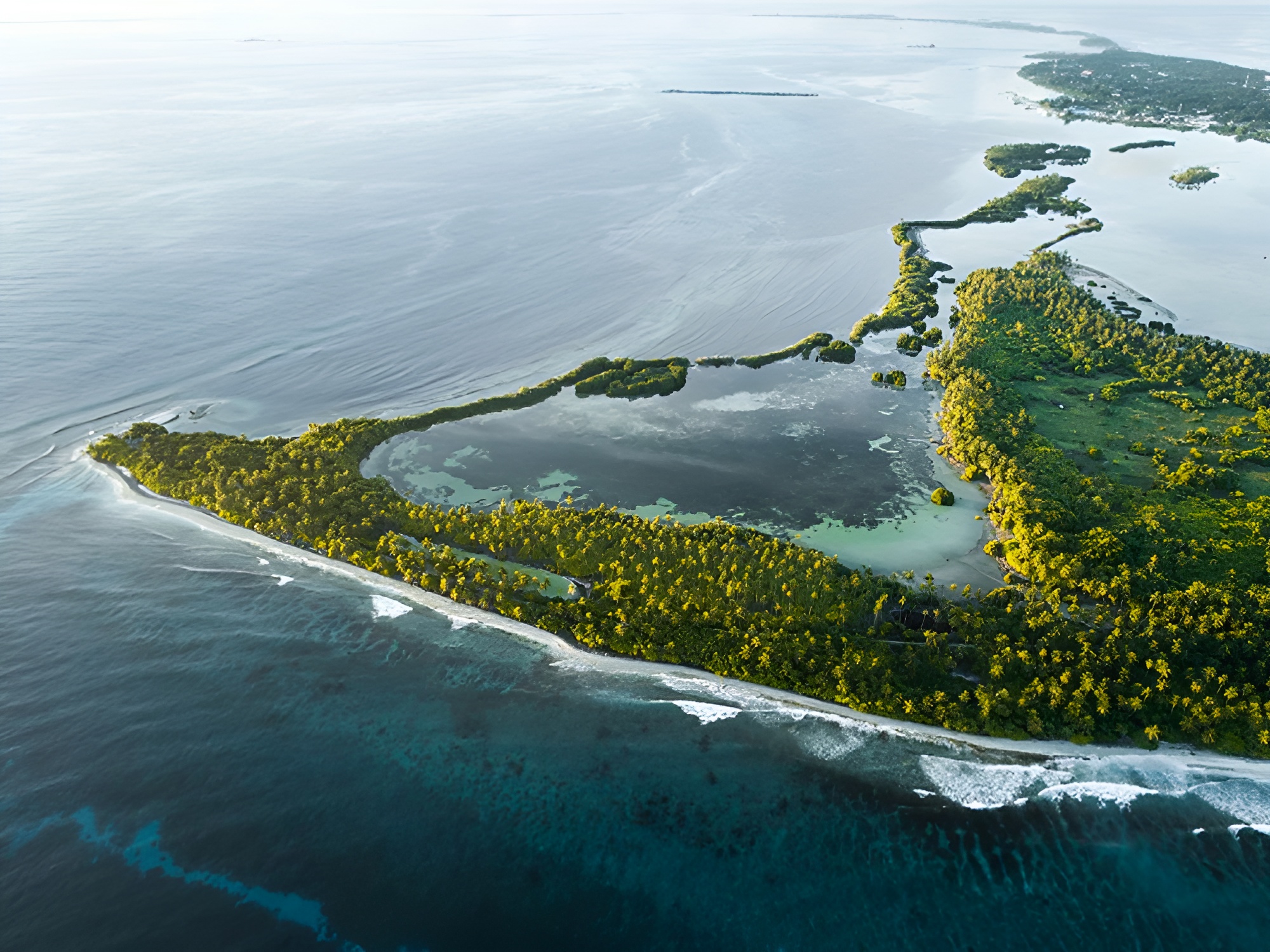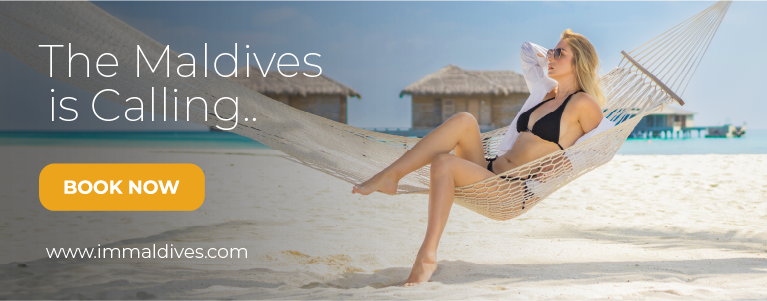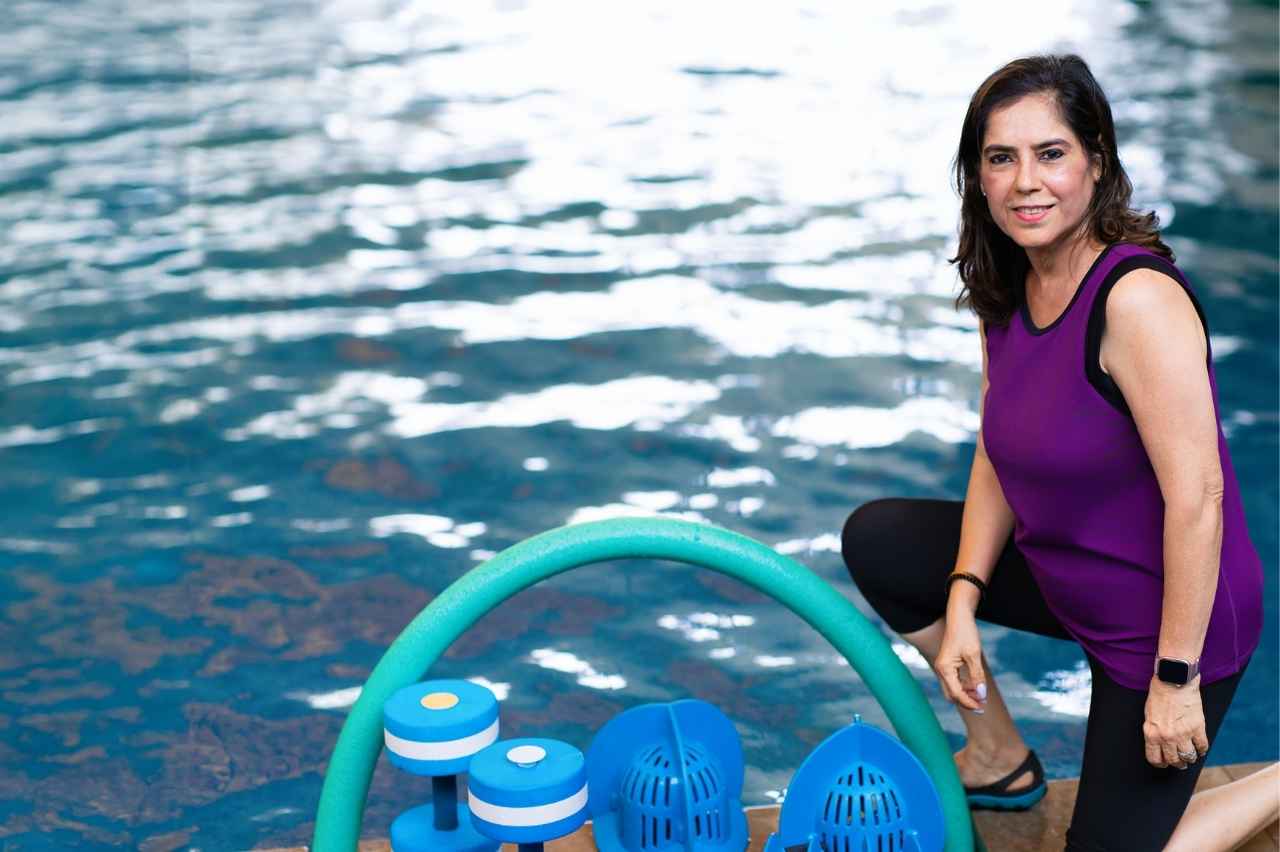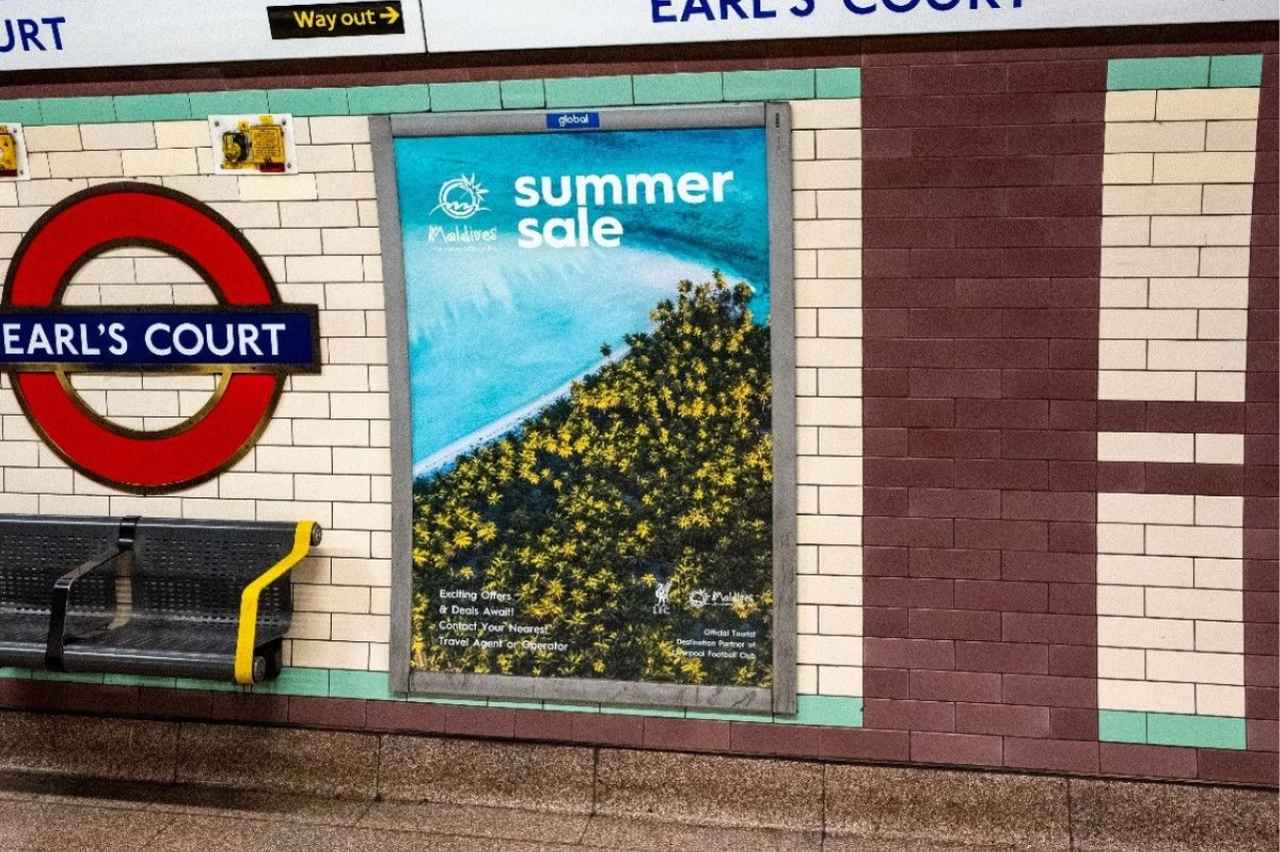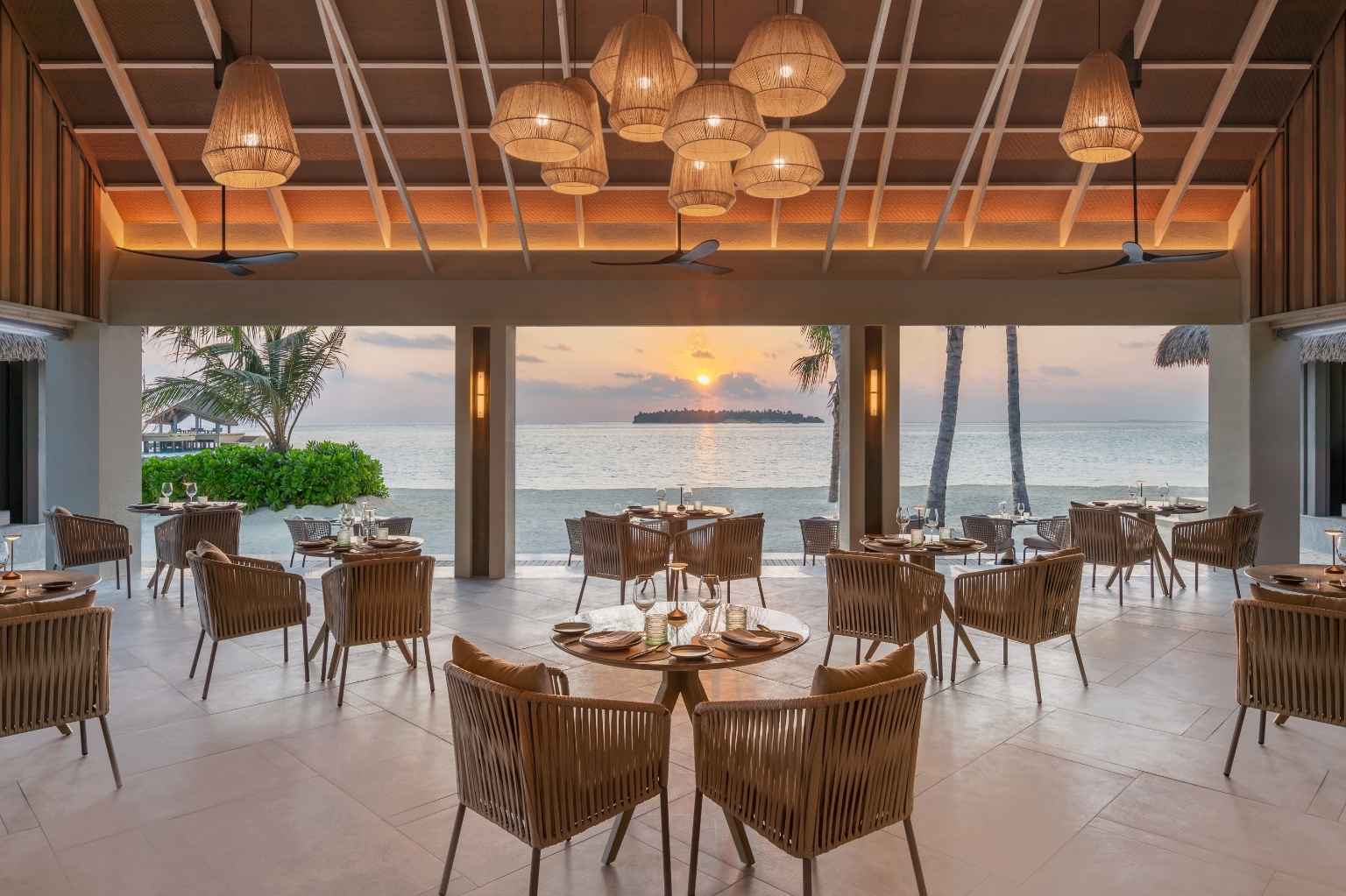The United Nations Educational, Scientific and Cultural Organization (UNESCO) declared Addu Atoll and Fuvahmulah as biosphere reserves in 2021. This historic recognition places these regions alongside Baa Atoll, which was designated in 2011. Biosphere reserves are known as vital areas promoting sustainable development and biodiversity preservation in the Maldives.
Previously, Baa Atoll stood as the sole biosphere reserve in the Maldives. With this, Baa Atoll was celebrated for its rich marine life, including the congregation of Manta Rays. With the addition of Addu and Fuvahmulah, the Maldives now proudly boast three UNESCO biosphere reserves. These new additions are described as “learning places for sustainable development”. In both the Atolls, the conservation of biodiversity is harmonized with its sustainable use.
The Maldivian government nominated these regions in September 2019 to ensure the protection of their unique marine and terrestrial ecosystems. Protected status was granted to key eco-rich sites, such as ‘Kudakandu’ in Addu’s lagoon as well as several wetlands in Hithadhoo and Hulhudhoo. With this, the country is reinforcing its commitment to environmental stewardship.
Canareef Resort Maldives: A Haven of Biodiversity
At Canareef Resort Maldives, nestled within the captivating landscape of Addu Atoll, the resort takes great pride in its role in this momentous achievement. As part of the resort’s remarkable features, Canareef boasts five freshwater and saltwater lakes, among them the expansive Canareef Eco Park. This serene sanctuary offers a nature trail and picturesque spots where guests can immerse themselves in birdwatching, fish observation, and the breathtaking beauty of nature. The Eco park also has the Canareef Resort’s Kids Club situated within it. Young explorers have the opportunity to engage with nature firsthand. Additionally, kids can also learn about the intricate ecosystems that surround them.
Experience the Natural Wonders
Renowned for its stunning ecosystem, Addu Atoll is situated in the Southernmost tip of the Maldives. The Eedhigali Kilhi is one of the largest wetlands in the country. With this, the Edhigali Kilhi attracts hundreds of migratory birds annually, including the Dhondheeni, or white tern bird. The migratory birds are also found mostly in the Addu region.
Nature Parks offer locals as well as tourists the opportunity to immerse themselves in these natural landscapes. In addition to boardwalks, canoeing points, and walk trails visitors can also explore snorkeling spots. These parks are designed to provide access while ensuring the conservation and sustainable use of the resources.
The Importance of Biosphere Reserves
Biosphere reserves encompass terrestrial, marine, as well as coastal ecosystems. These ecosystems are divided into core areas, buffer zones in addition to transitional zones. These zones allow humans to coexist with nature, fostering learning, protection, as well as sustainability.
Join Us in Celebrating Biodiversity
As Canareef commemorates International Day for Biological Diversity with the theme “Be part of the Plan,” Canareef Resort Maldives invites you to explore and appreciate the rich biodiversity of Addu Atoll. The resort is committed to preserving this natural heritage and promoting eco-friendly tourism practices.
Discover the unparalleled beauty and biodiversity of the Maldives at Canareef Resort. Let’s work together to protect and cherish our natural world.


